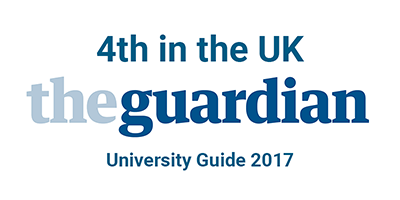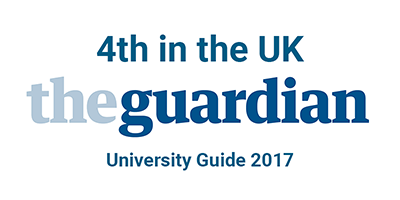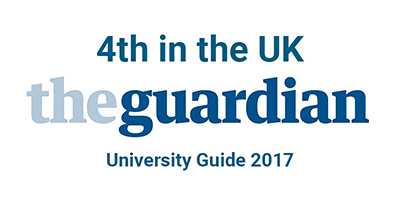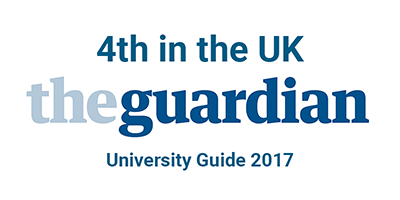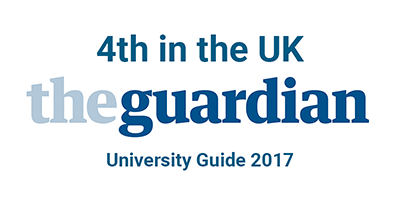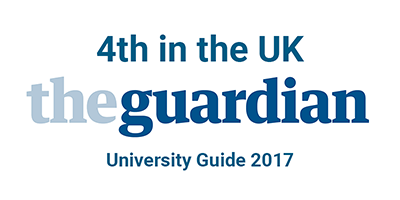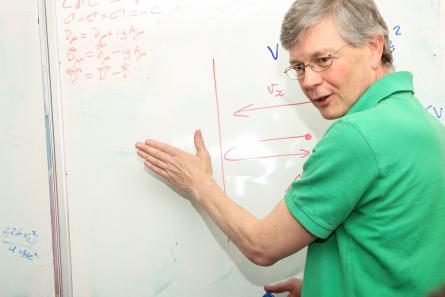
Professor Jonathan Flynn
An ongoing highlight for Jonathan is the moment in a discussion when a student says 'Ah, now I understand'.

An ongoing highlight for Jonathan is the moment in a discussion when a student says 'Ah, now I understand'.
Professor Christopher Sachrajda, from the Department of Physics and Astronomy at the University of Southampton, has been awarded the prestigious Schrödinger Visiting Professorship of the University of Vienna for 2017.
The position is in honour of Erwin Schrödinger, who developed a number of fundamental results in quantum physics, including the wave equation that carries his name. Schrödinger was born and studied in Vienna and the Visiting Professorship is funded by the City of Vienna and selected by the University of Viennaâs Particle Physics Group. Previous holders include the Nobel Laureate Frank Wilczek and many textbook names in Theoretical Physics including Sidney Drell, James Bjorken, Heinrich Leutwyler and Jean Zinn-Justin.
Professor Sachrajda will spend a month in Vienna in the autumn and will deliver a public lecture as well as 3 specialised lectures to advanced research physicists. In his talks Prof Sachrajda will explain how recent developments in Lattice Quantum Chromodynamics (QCD, the quantum theory of the strong nuclear force) are enabling precise theoretical predictions to be made for many processes, such as the rare decays of elementary particles (decays which occur less than 1 time in a billion). The detailed comparison of these predictions with experimental measurements, known as Precision Flavour Physics, is now an important approach to the search for new physics (including candidates for dark matter); one which is complementary to the hunt for new particles at the Large Hadron Collider at CERN in Geneva.
Professor Sachrajda says, âI am honoured and delighted to have the opportunity to share with our colleagues in Vienna the insights we have developed and the results we have obtained with our collaborators in the UK, USA and Italy. In July 2016 we hosted the 34th International Symposium on Lattice Field Theory, attended by 420 physicists from 28 countries and this award is further recognition of the international standing of the Southampton Lattice QCD Group.â?
Professor Sachrajda has made significant contributions in QCD across 38 years at the University and was elected a Fellow of the Royal Society in 1996. His work on the factorisation of mass singularities led to the perturbative prediction of many physical quantities in strong interaction physics. Since the 1980s he has been playing a leading role in the development of Lattice QCD into a quantitative non-perturbative technique and in its use in large-scale simulations to compute physical quantities from first principles.
